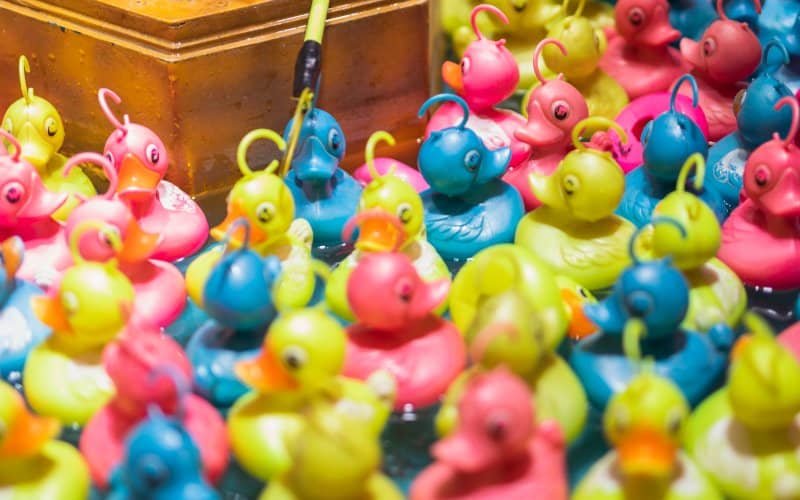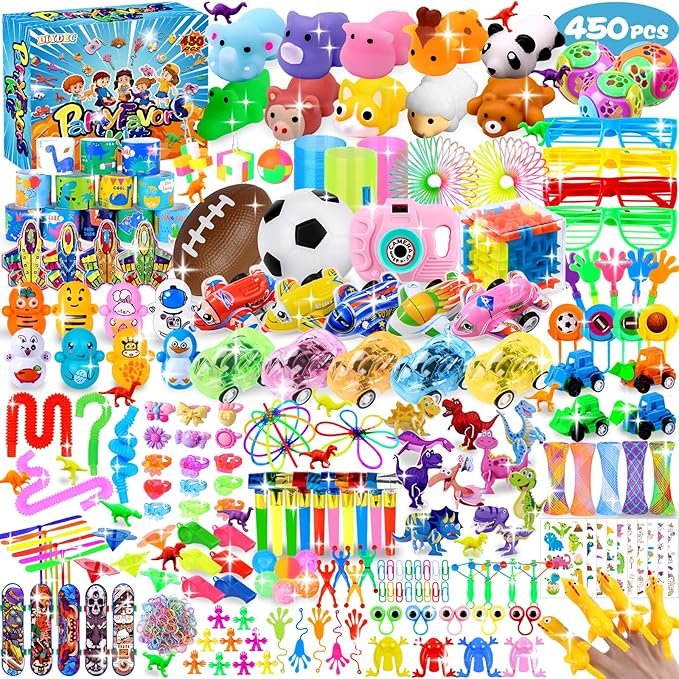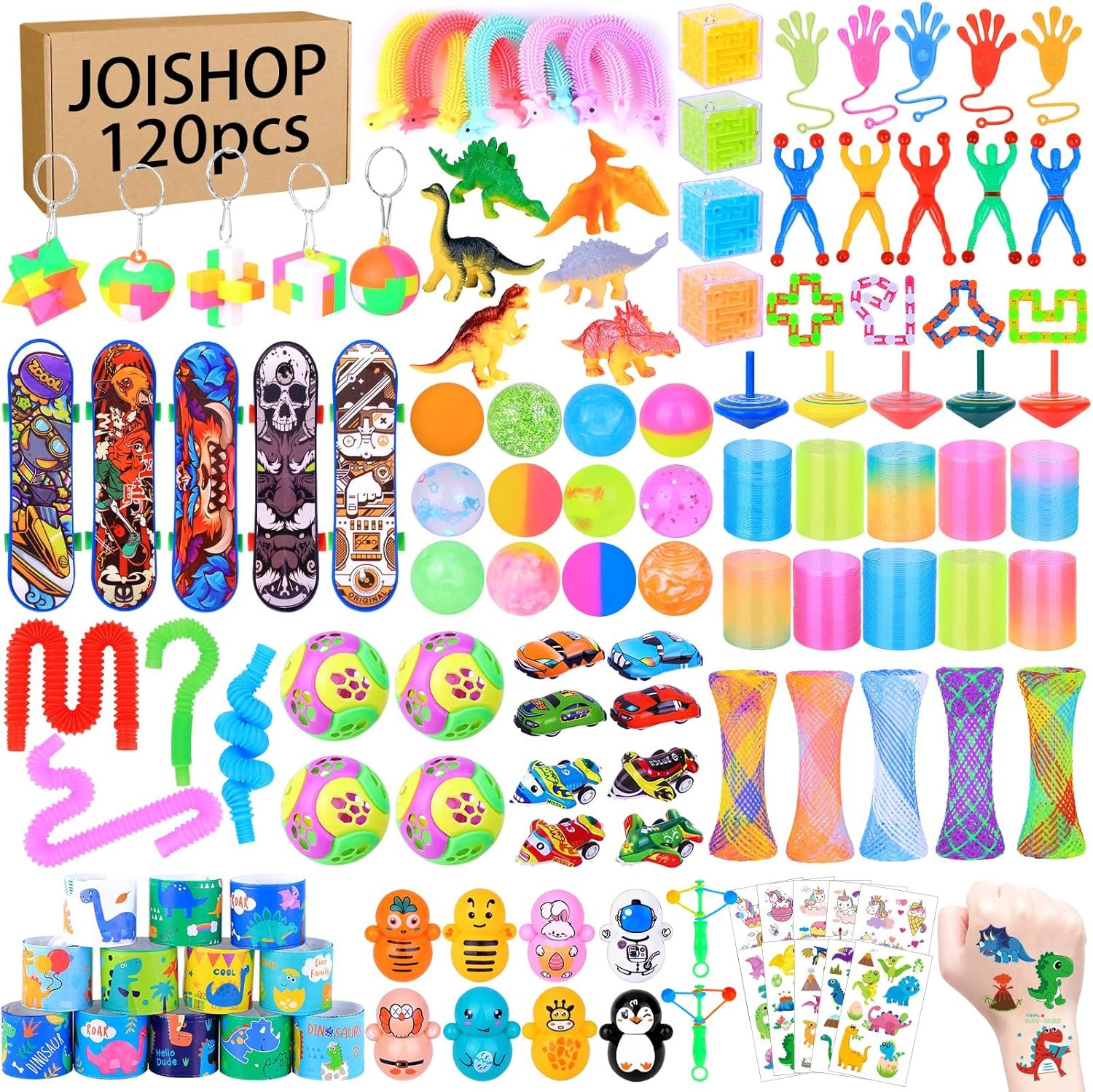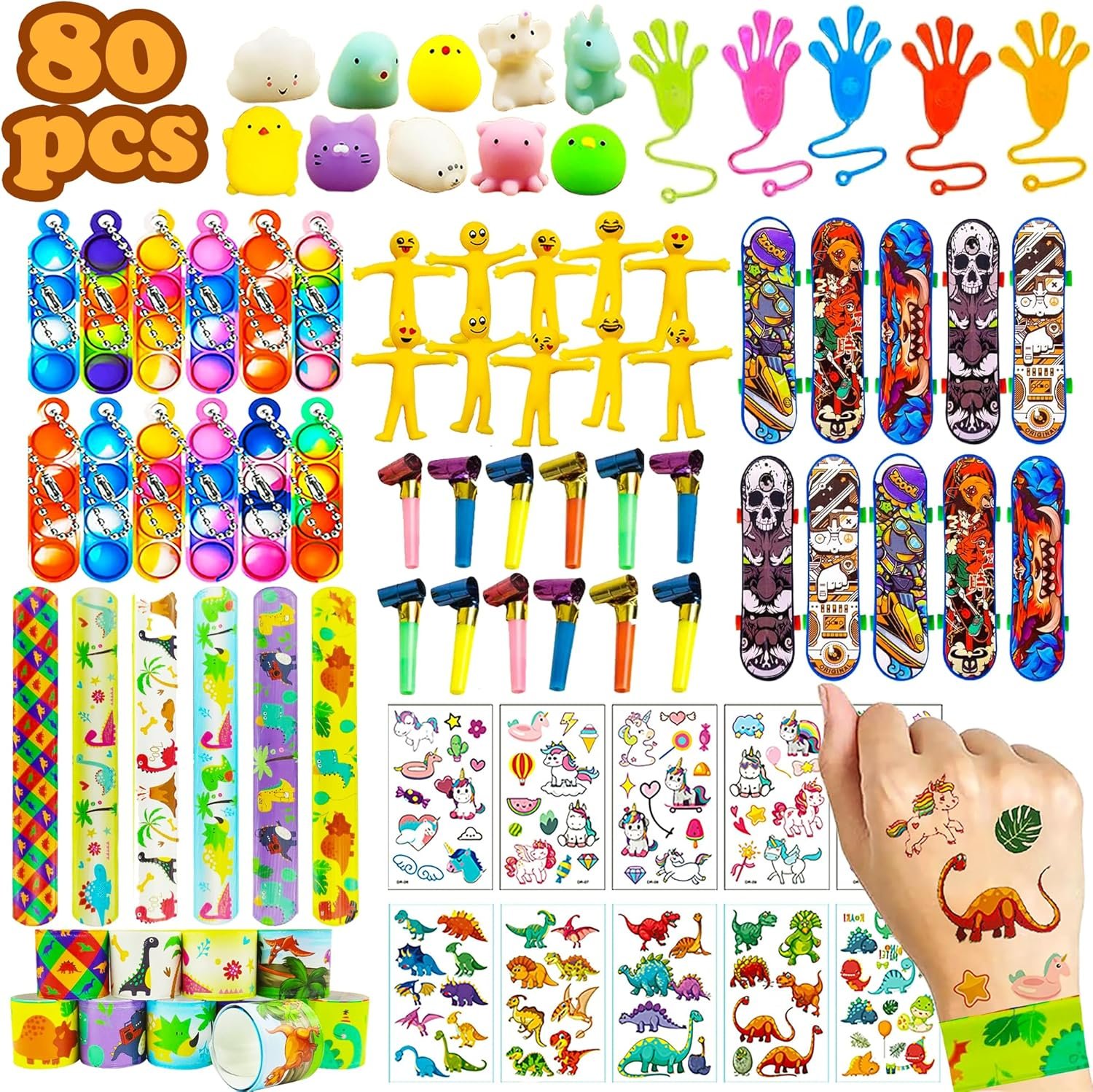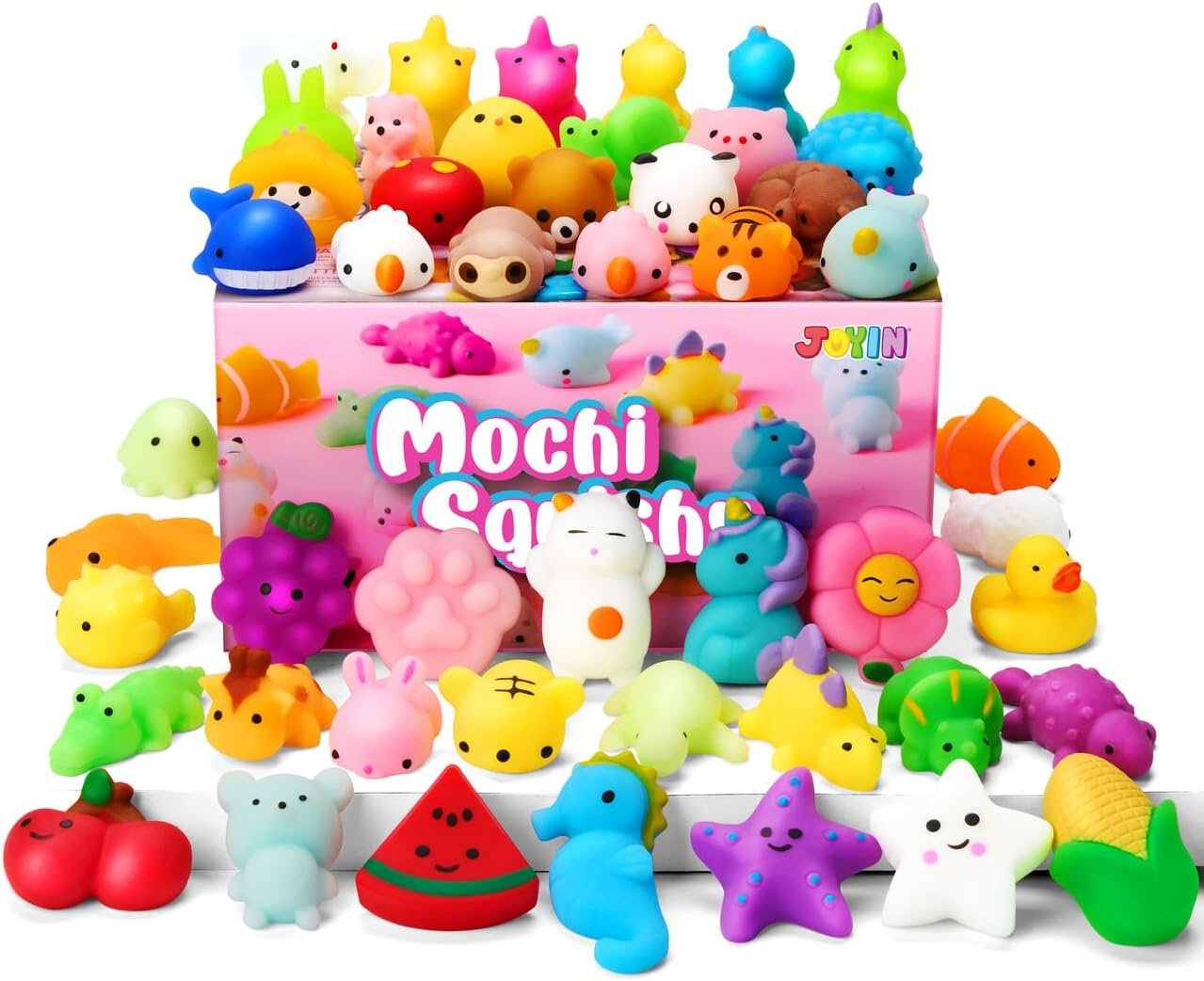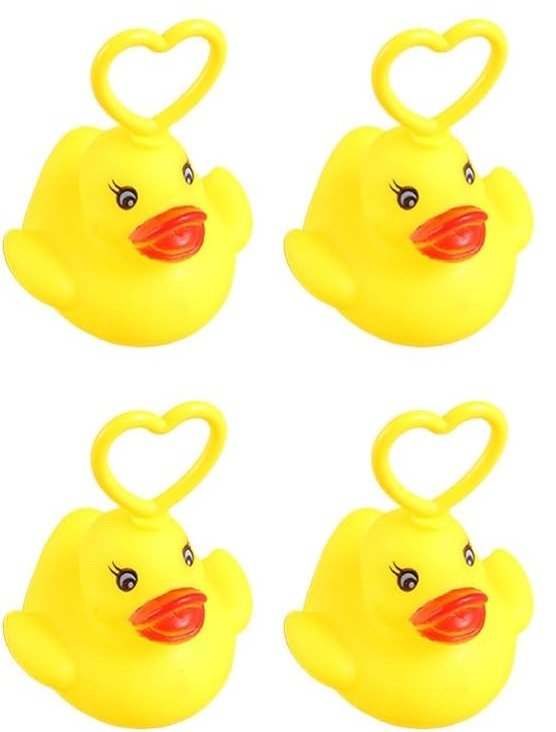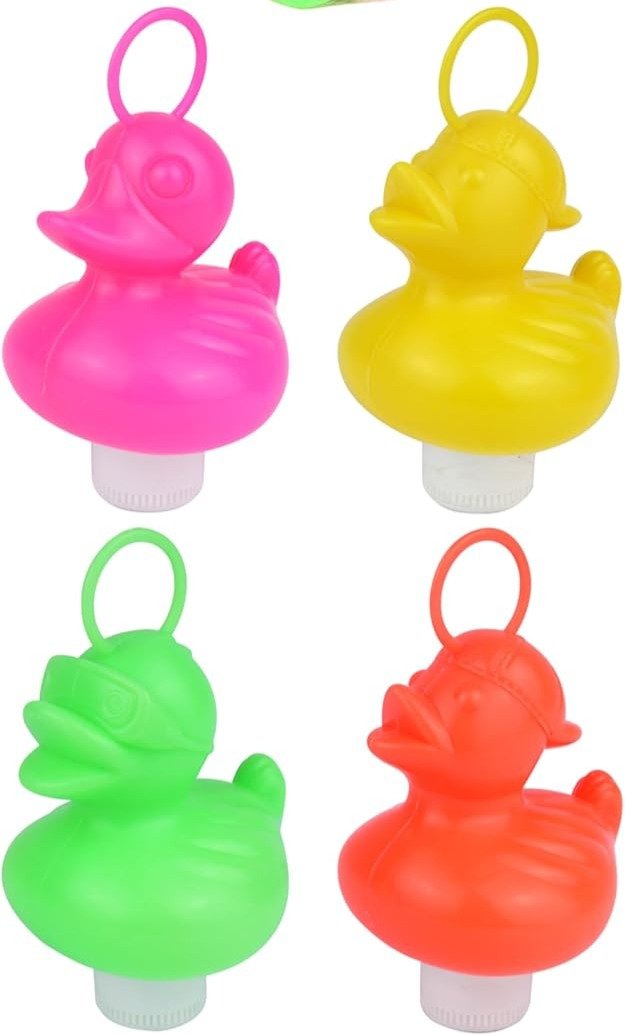Contents
ToggleWhat is Hook a Duck?
 Hook-a-Duck is one of the most iconic and accessible fairground games around. Whether you’re at a bustling summer fair, a school fete, or a backyard birthday party, the sight of colourful ducks bobbing in water, waiting to be hooked, is a sure sign that fun is on the way. But behind the simplicity lies a surprising variety of rules, prize systems, and creative twists. This guide explores the many ways to play Hook-a-Duck — from classic setups to themed party adaptations — to help you create the perfect version for your event or audience. Want that fairground feel at home? See which products we recommend to to get your ducks in a row — and make a splash right at home.
Hook-a-Duck is one of the most iconic and accessible fairground games around. Whether you’re at a bustling summer fair, a school fete, or a backyard birthday party, the sight of colourful ducks bobbing in water, waiting to be hooked, is a sure sign that fun is on the way. But behind the simplicity lies a surprising variety of rules, prize systems, and creative twists. This guide explores the many ways to play Hook-a-Duck — from classic setups to themed party adaptations — to help you create the perfect version for your event or audience. Want that fairground feel at home? See which products we recommend to to get your ducks in a row — and make a splash right at home.Core Game Styles
🦆 Classic Hidden Number with Prize Every Time
This is the most popular format, especially at school fairs, events, back gardens and bath tubs.
The rules are delightfully simple: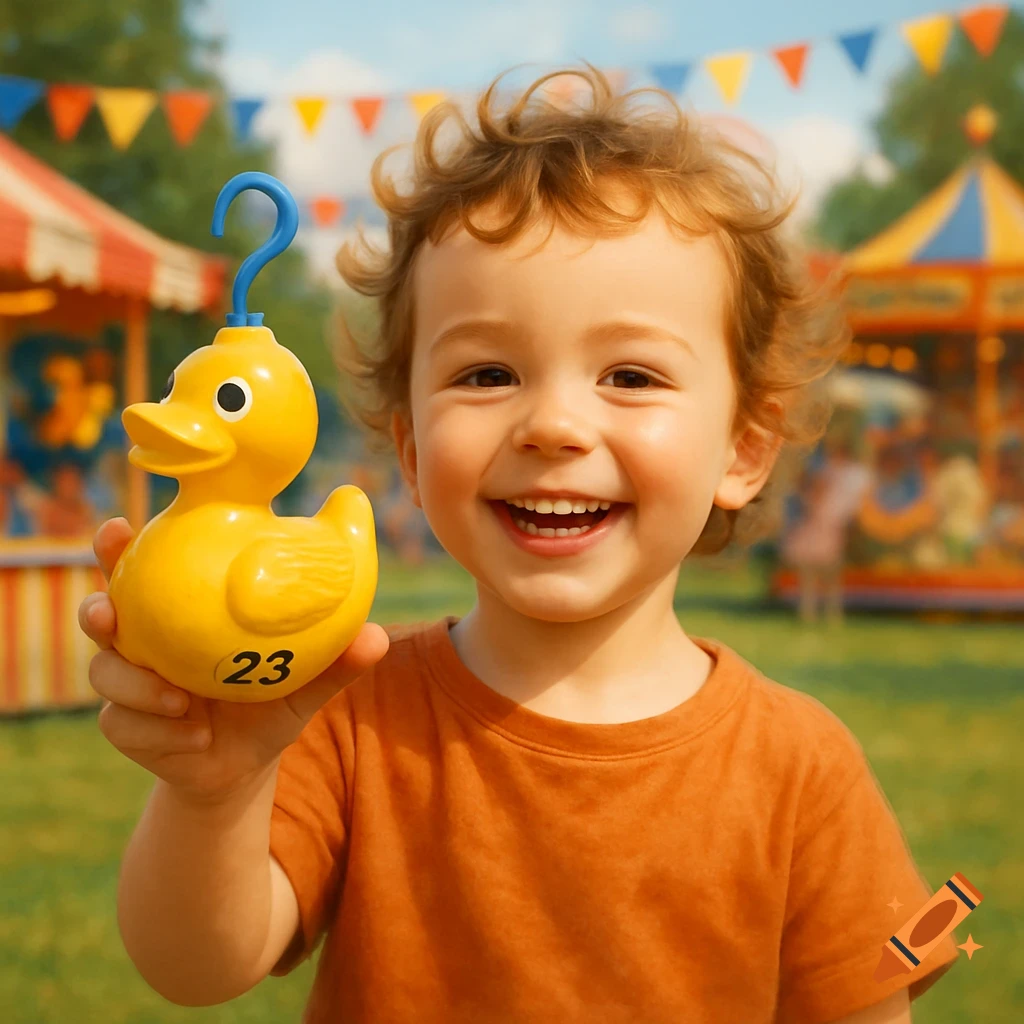

- A bunch of little plastic ducks happily float around in a tub of water. Each duck has a small hook or ring attached to it and a number hidden on its underside.
- Armed with a fishing rod or pole, players try to hook a duck.
- After hooking a duck, the number is revealed and matched to a prize chart.
- Everyone wins something, but the prize varies by number.
Why it works:
- It’s fair, fun, and simple.
- Easy to manage with tiered prizes.
📋 Example Prize Chart:
Number | Prize |
1 | Giant Teddy |
2-5 | Large Toy |
6-10 | Medium Prize |
11-20 | Small Prize |
🏡 At-Home Tips:
You can:
- Use number stickers
- Match them to DIY prize bags or surprise boxes
- Make your own poster board with drawn illustrations for younger children
Fast & Easy Prize Bundle Ideas for Hook-a-Duck | ||||
450 Pcs. 40 Types | 120 Pcs. 20 Types | 80 Pcs. 8 Types | 25 Designs | 6 Kaleidoscopes |
🎯 Simplified “Everyone Wins” Model
Designed for very young children, nurseries, and low-effort party setups. The goal is purely for fun and fairness — not suspense or competition.
How it works:
- All ducks are the same.
- Every player hooks one duck and gets a prize — no marks or numbers involved.
Why use it:
- Perfect for toddlers.
- No need to manage prize tiers or mystery.
🧸 Example Prizes:
- Stickers
- Small bouncy balls
- Mini bags of sweets
- Temporary tattoos
…and every child gets to choose one, regardless of the duck they hook.
20 Budget Ducks | 20 Weighted Ducks |
✨ Visible Mark Version
Here, ducks have marks that can be seen from above the water, such as a colour or sticker on the duck’s back.
How it works:
- Ducks float with visible identifiers (e.g. red = top prize, blue = small prize).
- Players aim for specific ducks.
- To add fairness players are usually given a time limit to hook a duck — this prevents waiting for the best duck to float into reach.
Why it works:
- Encourages skill.
- Adds visual engagement.
- Works well in themed or competitive settings.
❖ Hidden Mark (Mystery Prize Style)
In this version, each duck has a hidden mark or sticker underneath, only revealed once hooked.
How it works:
- Players hook a duck and check underneath for a colour, letter, or symbol.
- Some ducks may win big, others a small prize, and some may win nothing.
Why use it:
- Builds suspense.
- Can be used to control prize distribution.
Note: Although once called “Fairground Style,” most fairground stalls actually use tiered prizes and offer a prize every time. This variation is more about mystery and randomness, often seen in novelty setups.
🐟 Not Just Ducks: Variants
Hook-a-Duck doesn’t always have to be about ducks!
Fun alternatives:
- Fish (great for pirate themes)
- Frogs (spring or pond themes)
- Letters, numbers, or shapes (great for educational play)
These options help refresh the game and tie it to party or learning themes.
Prize Mechanics
There are many creative ways to link ducks to prizes:
Mark types:
- Numbers (hidden or visible)
- Colours (on top or underneath)
- Letters (e.g. W = win)
- Symbols (stars, animals, emojis)
Prize systems:
- Prize chart (1–5 = big prize, 6–10 = medium, etc.)
- “Exact prize” ducks (this duck = that toy)
- Booby prizes or forfeits for extra fun
- Win a clue (e.g. to find a hidden treasure or gift)
At-home tips:
- Use sticker pads
- Prepare prize bags by tier
- Use buckets, shelves, or signs to show prize levels visually
- Laminate prize boards for reuse
Customised Games and Rules
👶 For Young Children

- Let them choose any duck and any prize
- Use bright colours or shapes
- Use oversized hooks or magnetic rods
🎓 Learning Ideas
Hook-a-Duck is more than just fun — as well improving hand-eye coordination it’s a fantastic learning tool:
Maths-based play:
- Add number values to ducks and have kids total their haul
- Use even/odd numbers for different prize types
- Set time limits and count ducks hooked in time
- Have older kids multiply or subtract numbers on ducks for bonus challenges
Literacy & Recognition:
- Use letter ducks for phonics or spelling games
- Create shape matching challenges
- Sort ducks by colour and count the sets
🎉 Party Themes & Seasonal Twists
- Pirate Party: Hook-a-Fish with golden coin prizes
- Halloween: Floating ghosts or pumpkins
- Christmas: Ducks in Santa hats or elves
- Under the Sea: Fish, mermaids, and bubbles
- Farm Theme: Hook-a-Piglet or ducklings in wellies
- Spring Fair: Colour-coded flowers or butterflies
Add-ons:
Time trials
- Scorecards
- Creative forfeits , dares or awards
Fairness & Game Design
⚲ Chance vs. Skill
Hook-a-Duck sits on the line between luck and technique:
Skill elements:
- Using the fishing rod accurately to hook the duck (especially if it’s moving or spinning)
- Maintaining balance and grip if the ducks are small or bob quickly
- Aiming for a specific duck (in visible-mark games)
Chance elements:
- Hidden marks or numbers
- Rotating tubs or swirling water
- Bent hooks, small hooks or tricky rods
- Limited number of winning ducks in play
⚖️ So Is It Fair?
- At family-friendly events, it’s often designed to be light on skill and heavy on guaranteed fun — usually with a “prize every time” approach.
- At professional fairgrounds, there’s usually a stronger element of chance, which makes managing prize costs easier for the stallholder e.g. limiting or removing the high prize ducks.
Why is Hook a Duck So Popular?
Hook a Duck continues to be a fairground favourite because:






It is a timeless game that can be endlessly customised — from garden game to party game to prize stall. From toddler activity to competitive challenges or just to relive the magic of the fair, there’s a variation of Hook-a-Duck that fits the bill.
Want to bring the fun home? Hook a Duck sets are available to buy or you can make your own, letting you recreate the magic of the fairground in your own back garden!
